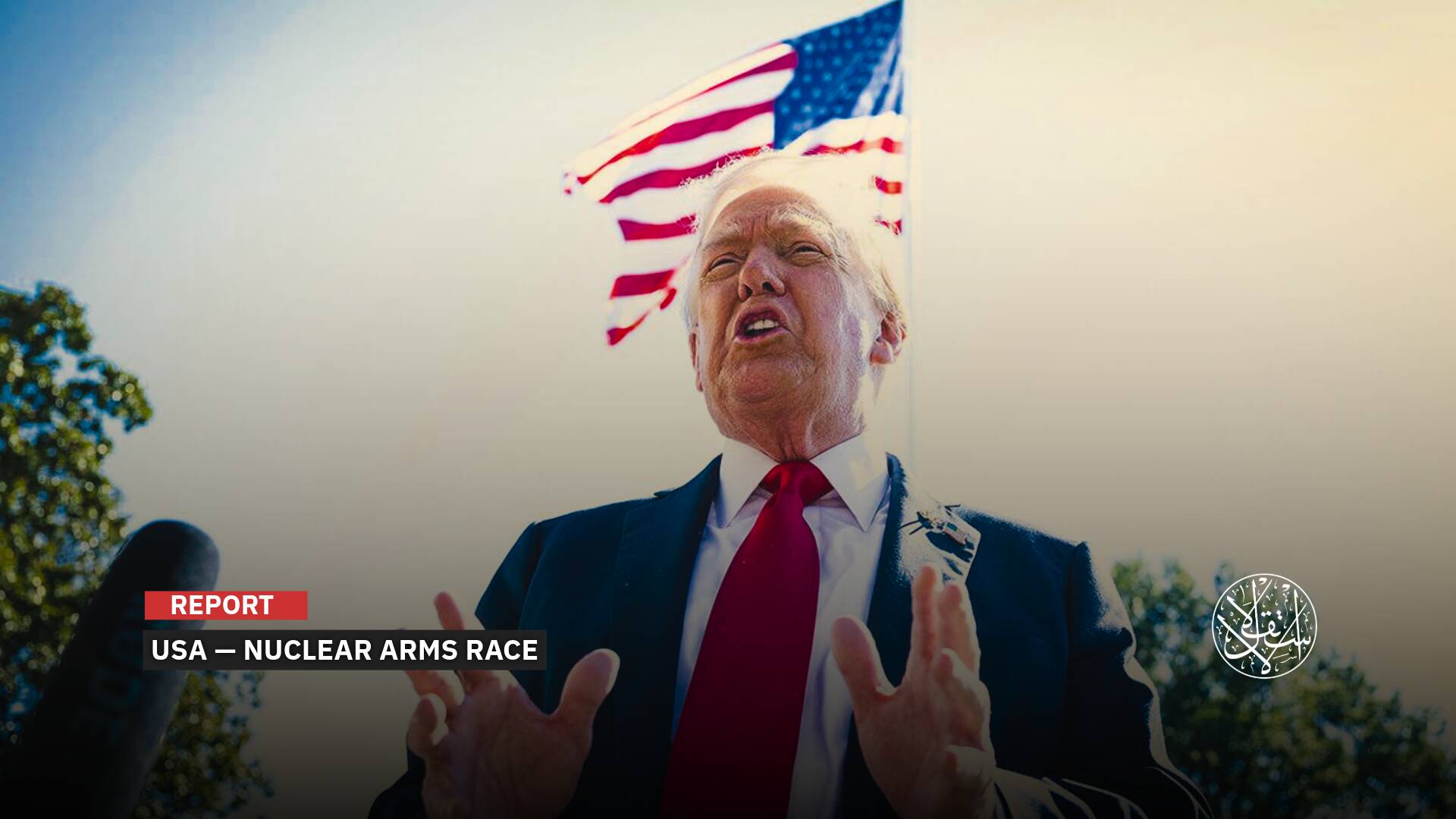American Efforts to Reassure Eastern European Countries: Would It Raise the Cost of the War for the US?

Reuters reported that US President Joe Biden vowed on February 22 that his country “will defend every inch of NATO” to reassure allies on Europe’s eastern flank and described Russia’s suspension of a landmark nuclear arms control treaty as a “big mistake.”
Biden expressed his support to NATO Eastern allies in the Polish capital Warsaw two days after a surprise visit to Kyiv, ahead of the first anniversary of Russia’s invasion of Ukraine on February 24, 2022.
Biden’s meeting with leaders of Eastern European countries that are members of NATO in the Polish capital, Warsaw, came to dispel the growing fears in the capitals of Eastern European countries allied to the United States, led by Poland, as a result of the alarming increase in the volume of US aid to Ukraine and the expected Russian reactions.

Reasonable Fears
Fears were confirmed by the statements of Polish President Andrzej Duda when he referred to the redeployment of more than 5,000 American soldiers in Polish territory, noting that the American forces have been present in Ukraine for many months.
Reuters stressed that the aim of the visit and the announcement is to reassure the citizens of Poland and the countries of Eastern Europe, which are concerned about its transformation into an arena of conflict and confrontation that may develop into a nuclear confrontation.
Peoples of Eastern Europe are aware that they might pay the price of the war, while its fruits will go to Washington and the rich and wealthy countries of Western Europe.
The preparations of the United States of America and Western European countries that are members of NATO for a long round of conflict and attrition with Russia in Ukraine unleashed anti-war demonstrations in Poland and several capitals of Eastern European countries.
Calls rose to stop supporting Ukraine for fear of getting involved in the war and paying high prices, fearing that Eastern European countries might turn into an arena for direct or proxy military confrontation with Belarus or rebel regions on its territory.
The concerns of the Eastern European countries that are members of NATO have intensified after the expansion of US and Western European military, security, and intelligence support to Ukraine. The support amounted to supplying Ukraine with American tanks and missile systems (HIMARS), as well as discussing providing Ukraine with American combat aircraft.

No Benefit
This support is not equal to US military and economic support for Eastern European countries, which are now bearing the greatest security, economic, and humanitarian burden of the Ukrainian war.
The anxious reactions in the countries of Eastern Europe and the fear of paying economic and security costs are a direct threat to the American strategy that requires an American move towards Eastern Europe.
The international conflict that Ukraine and Eastern European countries are paying for will end at the negotiating table one day. Eastern European countries will find themselves excluded from these negotiations and the proposed solutions, especially since the discussions will be about major files such as the sharing of international influence and the proliferation of nuclear weapons that Eastern European countries do not possess.
The Russian President was keen to deny the use of nuclear weapons and said that talking about the use of tactical nuclear weapons is just a misunderstanding of the Russian discourse and part of the propaganda campaigns against Moscow.
He emphasized that the only case for the use of Russian nuclear weapons is to repel the nuclear aggression against the Russian Federation or threaten the existence of the Russian Federation. Otherwise, it cannot be used to undermine the chances of peace, and he stated that peace begins when America retreats from its aggressive moves and aggressive rhetoric, and it is difficult to achieve peace before that.

Much Wider
In an interview with Al-Estiklal, the researcher and political expert Hazem Ayyad said: “The fears of Eastern European countries are justified. The conflict in Ukraine is much wider than its borders and even the borders of Eastern Europe. This is confirmed by the movements of Russian President Vladimir Putin, who announced the suspension of the START Strategic Arms Treaty with the US.”
He added: “On the same day, he received the Chairman of the Chinese Foreign Affairs Committee, Wang Yi, stressing that Russia is ready to deal with the Chinese initiative, whether that is to stop the war in Ukraine or related to the International Stability Initiative behind which China aims to share influence at the global level to reach a multi-polar system.”
In conclusion, according to this vision, the countries of Eastern Europe, which Biden hastened to reassure through the words of the President of Poland Duda, opened the door to additional costs for the United States to pay.
The economic and military aid, which has approached 70 billion US dollars to Ukraine, will not be sufficient to manage the conflict, maintain its continuity, and improve its conditions. This is because the costs will double or triple due to the pressure exerted by Eastern European countries on the American ally to demand their share of the American aid provided to Ukraine.
This means that we are facing additional costs that will increase steadily. Here, an important question arises about the next step for Washington.
Will America start bearing the double costs of the Ukrainian war? Or will it rush to the negotiating table before next fall to avoid a bill that seems to be getting bigger day after day?












